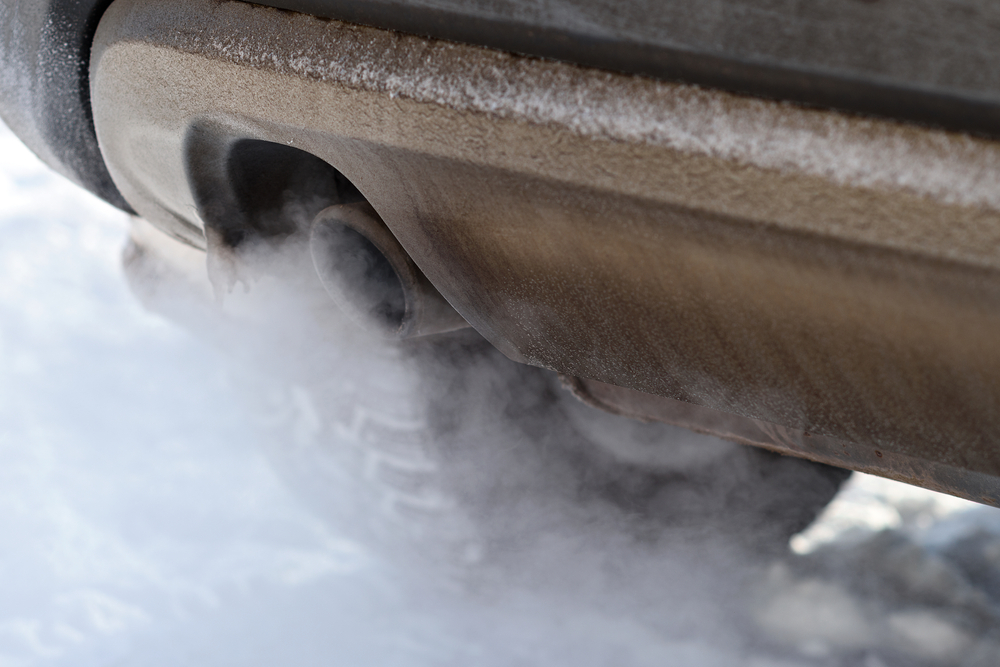In a steady march toward a carbonless future, the Biden administration continues to take actions to push industry and consumers into making choices that use less fossil fuel. On June 21, 2022, the EPA released a regulatory update advising it plans to propose tougher emissions standards through at least 2030 vehicle model years by March 2023. New rules for larger medium-duty vehicles are expected to be proposed within the same time frame.
In December, the Agency announced final rulemaking for 2023–2026 light-duty vehicle emissions standards. That rulemaking calls for improvements of almost 10% in light-duty vehicle greenhouse gas (GHG) emissions for model years 2022 to 2023, followed by a 5.1% more stringent increase by model year 2024. Subsequent model years face tougher emissions standards, and the latest proposed updates are expected to continue the trend.
The rule released in December expressed in fleetwide miles per gallon (mpg) requirements for “40 mpg in 2026, versus 38 mpg under the August proposal and 32 mpg under the Trump rules,” reports Reuters.
Tighter vehicle emissions standards from this administration should come as no surprise to anyone. Joe Biden announced his intentions in Executive Order (EO) 14037, which set a nonbinding target for 50% of all new passenger car and truck sales to be zero-emission vehicles by 2030.
“The Detroit Three automakers General Motors, Ford Motor and Chrysler parent Stellantis, face challenges meeting the 2026 rules and the next round may further boost EV manufacturers like Tesla,” reports CNBC. “In March 2020, Trump’s Republican administration rolled back then-President Barack Obama’s standards to require only 1.5% annual increases in efficiency through 2026. Obama required 5% annual increases.”
Oil refiners, ethanol producers, and several corn and soybean growers associations filed suit against the EPA in March over the emissions standards set through 2026, alleging the requirements “effectively mandate the production and sale of electric cars rather than cars powered by internal combustion engines” and that the final rule exceeds “EPA’s authority by favoring one technology, electric vehicles, over others,” says Agriculture.com.
The study “The Effects of Tightening Standards on Emissions” found that tighter emissions standards actually result in the increased likelihood of noncompliance by automobile manufacturers.
“Economically, automakers have little financial incentive to abide by the tight emissions standards. The most common ways to meet emissions thresholds are to install expensive catalytic converters or reduce the weight or horsepower of the vehicle. Price and safety are at the top of a car buyer’s consideration list,” states Vanderbilt University Research News in an article about the study.
Emissions performance is not an important factor for buyers, according to the article.
“Non-compliant automakers are left with an unappealing set of options: increase the sticker price (or take a hit on profitability), reduce the perceived safety, exit the market, or cheat. … Regulatory oversight, as exhibited by the study’s findings, has not been effective enough to compel compliance.”

